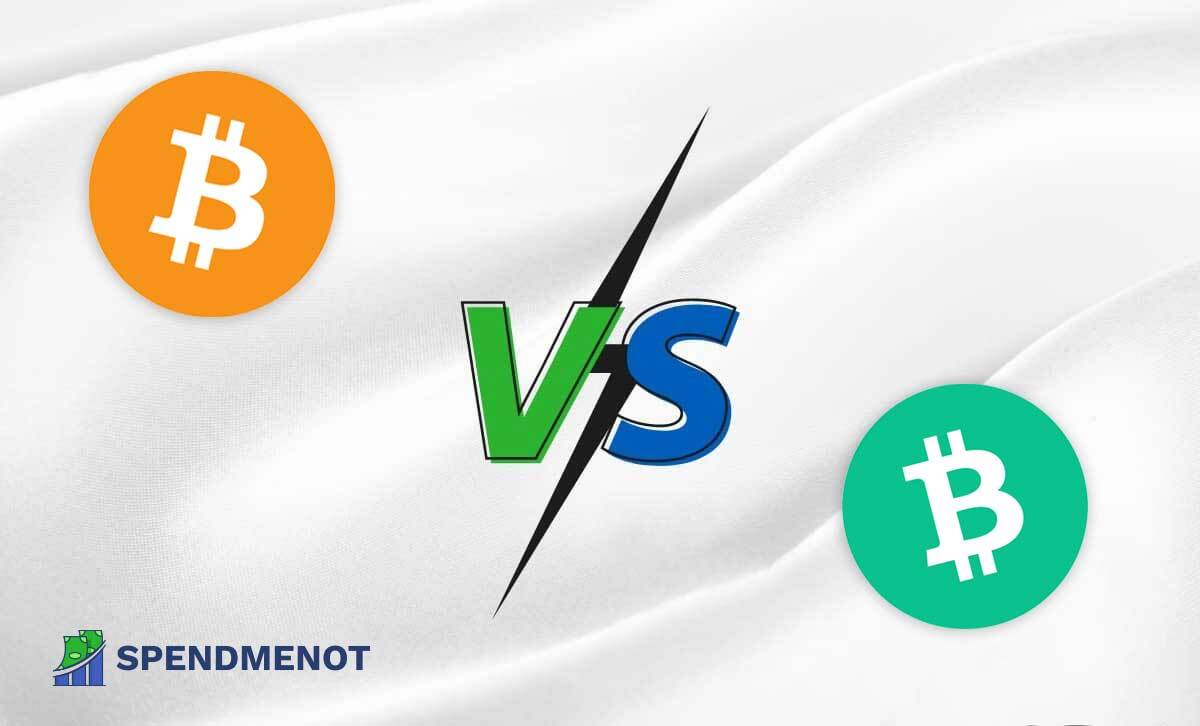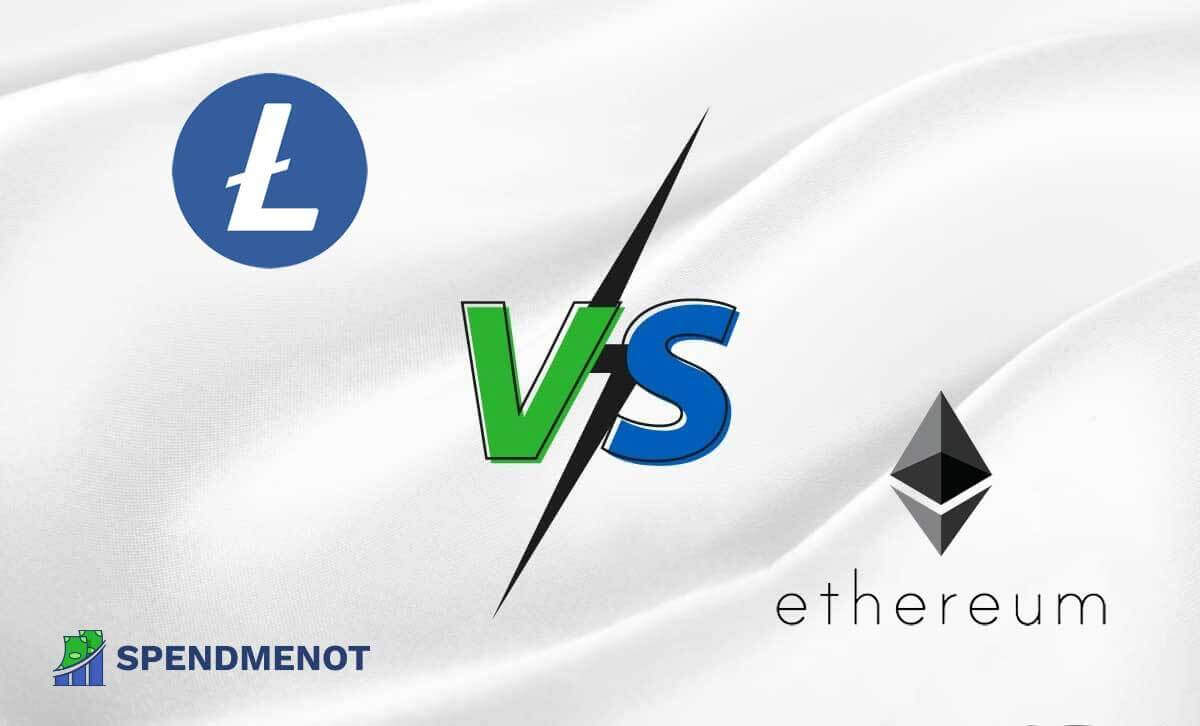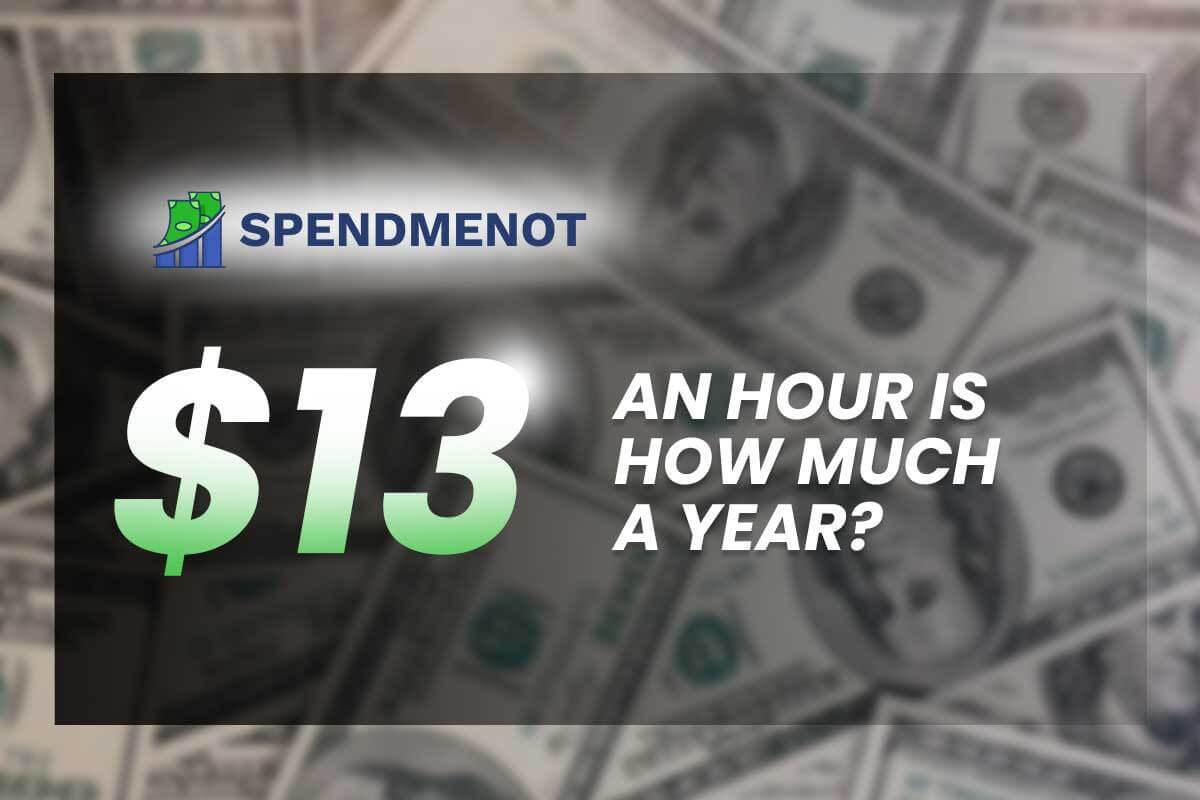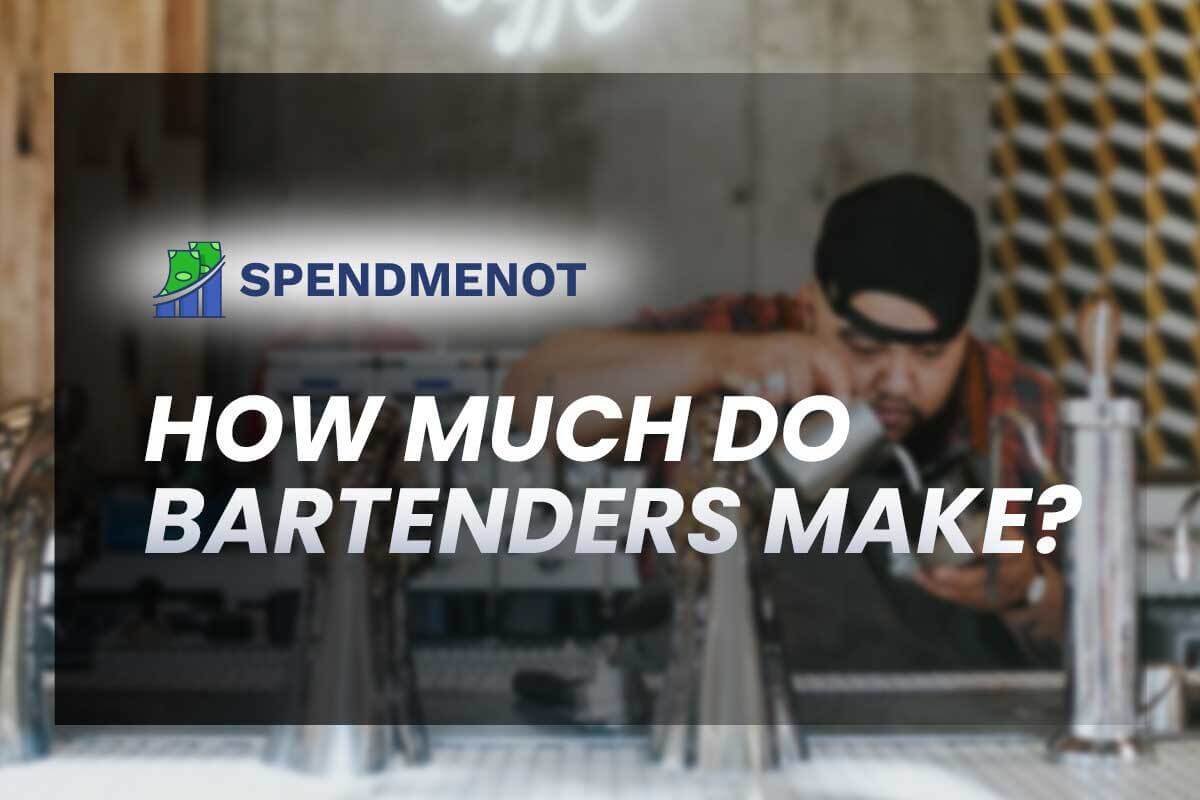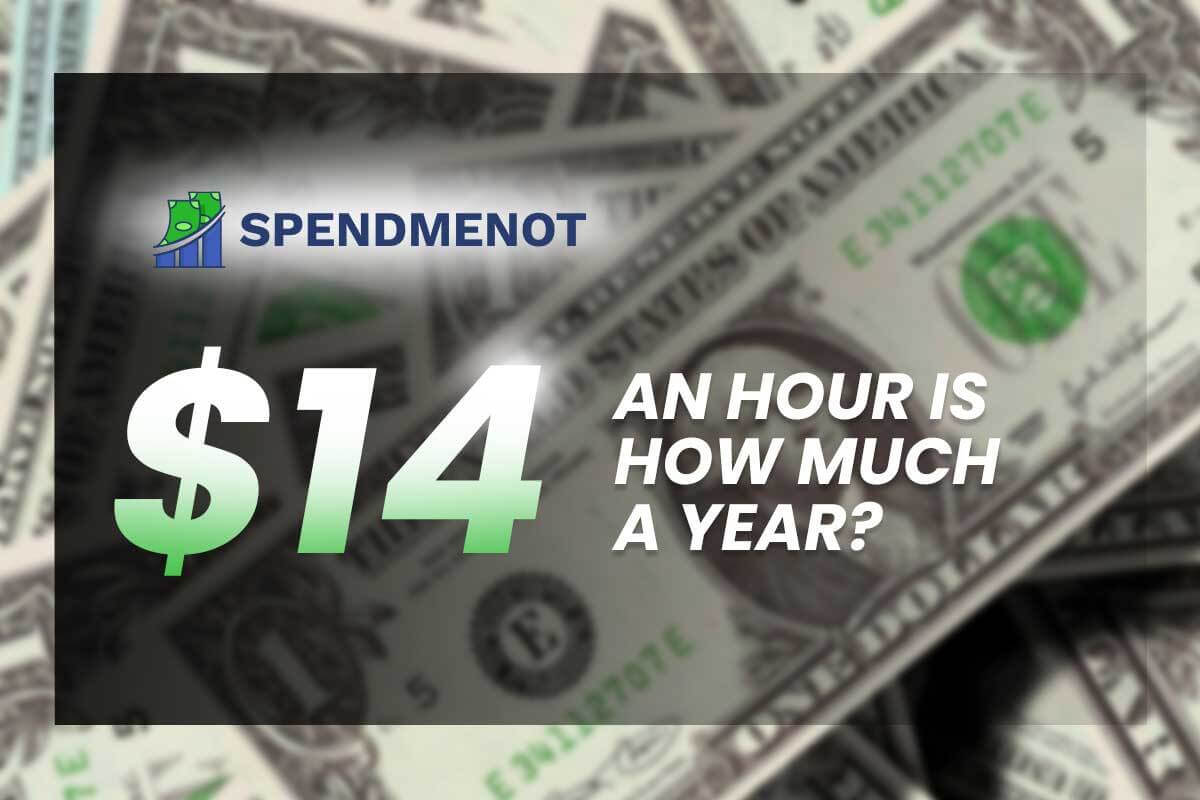How Much Does It Cost to File for Bankruptcy?
While there are not many financial terms that sound as terrifying as bankruptcy, things are not all gloom and doom. For many people, declaring bankruptcy is a way out of the whirling spiral of debt. After all, what do you do when your income is no longer enough to cover your debt payments?
This is what bankruptcy, as a financial tool, is for. However, just because it’s designed for people in dire financial straits, this doesn’t mean that filing for bankruptcy is free.
So, how much does it cost to file for bankruptcy?
Well, it depends on a number of factors. First, there are six different types of bankruptcies, two of which are designed for individuals — Chapter 7 and Chapter 13. Filing for these two comes at different costs.
Second, the question of whether you’ll attempt to do it on your own or trust a professional to guide you through the process is also a factor that will affect the total expense. And the cost of a bankruptcy attorney itself also depends on who you hire, where you live and the complexity of your case.
We’ll go through all these factors and try to come up with an average cost of bankruptcy, so you know what to expect.
Chapter 7 Vs Chapter 13 Bankruptcy
Before focusing on the bankruptcy filing fees, let’s see how the two chapters for individuals differ.
Chapter 7 bankruptcy
Generally speaking, Chapter 7 bankruptcy is the default bankruptcy option, and it is, as such, used by the majority of people. Almost 65% of all bankruptcy cases filed are Chapter 7.
Chapter 7 bankruptcy governs the process of liquidation under the bankruptcy laws of the United States. The first thing that sets it apart from Chapter 13 bankruptcy is that it’s a lot quicker. The main traits of Chapter 7 bankruptcy are:
- The sale of debtor’s assets
- Payment to creditors
- Freedom from debt
While the majority of one’s assets are seized, there are some assets that are exempt. For instance, one’s primary residence, primary vehicle, 401(k) plan, furniture, and similar assets can be kept.
Chapter 13 bankruptcy
Chapter 13 bankruptcy is completely different from Chapter 7, seeing as how it’s more of a reorganization than a liquidation process. More specifically, with Chapter 13 bankruptcy, debtors can keep all their property, but they are legally obliged to pay unsecured creditors an amount equal to the value of all the non-exempt assets.
Another main difference is that while Chapter 7 is available to both individuals and business entities, Chapter 13 is just for individuals (including sole proprietors).
Picking your personal bankruptcy chapter
Now that you know the difference between Chapter 7 and 13 bankruptcy, it’s time that you figure out which one is right for you. It’s not just about the total declaring bankruptcy cost but other factors, as well.
The most significant advantage of Chapter 7 bankruptcy is that you can get out of debt quickly and get a fresh start. This typically takes 3-5 months. The downside is that you have no way to catch up on missed payments and avoid foreclosures.
And the biggest advantage of Chapter 13 bankruptcy is that you get to keep your property. Yet you have to make monthly payments to the trustee for up to five years.
One more thing worth pointing out is the eligibility restrictions. Other than just worrying about the average bankruptcy cost, you must first figure out whether you’re eligible for it.
- Chapter 7: Debt needs to be low enough that you pass the Chapter 7 Means Test.
- Chapter 13: You need to have less than $394,725 of unsecured or less than $1,184,200 secured debt.
In other words, the choice that you worry so much about might not even be available. So, check this out before making any decisions.
Factors to consider
When filing for bankruptcy, there are two factors to consider.
- The first one is whether you do it on your own or hire a lawyer.
- The second one is your permanent residence. While the filing cost doesn’t differ from state to state, additional expenses and payment percentage that is due on the date of filing may differ. Also, since your case goes under the bankruptcy court, the choice of state matters.
These two have a correlation of their own, seeing as how average attorney fees by the state are not the same either. We’ll discuss this in detail a bit further down the line.
How Much Does It Cost to File for Bankruptcy on Your Own?
As we’ve mentioned, bankruptcy costs are relative and dependent on many different factors. Here’s what the costs will look like if you decide to file for bankruptcy on your own.
How much does it cost to file Chapter 7 bankruptcy on your own?
The Chapter 7 filing fee (just to have your case heard by the court) is $338 for all states.
Even without a lawyer, you will have to receive credit counseling, which costs you around $50. This is a process that people with financial problems use even when not filing for bankruptcy. It is about a better understanding of their budgeting process, credit score, financial tools, etc.
Additional fees, like paying for a debt education course (also mandatory when filing for bankruptcy), will cost you anywhere between $50 and $100.
Keep in mind that even in scenarios in which you can’t afford the fees, you can negotiate with the provider to lower them a bit or even waive them off.
How much does it cost to file Chapter 13 bankruptcy on your own?
The Chapter 13 filing fee is $313 regardless of the state.
Keep in mind that with the Chapter 13 filing fee, you also need to prove that you have a disposable income. Your eligibility for the approval of the Chapter 13 filing fee will depend on your ability to make the payments in question to the trustee.
Other than this, it’s worth mentioning that other filing expenses (credit counseling, debt education course, etc.) will also be mandatory. Furthermore, when discussing the average bankruptcy costs, we are usually talking about the figure with all the additional expenses in the process (motions, appeals, claims transfers) added, not just the filing cost.
Filing for bankruptcy online
One of the options that people often inquire about is to file bankruptcy online. Except in some extreme circumstances, the federal courts still don’t allow this form of bankruptcy filing.
However, you can still find and study these forms online, as well as gather all the information you need. We actually recommend you do your research. You can even download the form template and fill it in before you file it the old-fashioned way.
How Much Does It Cost to File Bankruptcy with a Lawyer?
When calculating the average cost to file bankruptcy, you must sometimes take into consideration the lawyer fee, as well. There are numerous advantages to this approach, and looking for bankruptcy legal aid is always a smart choice.
Keep in mind that the lawyer fee goes on top of the bankruptcy filing fee (it’s not calculated into the price). In other words, it’s $338/$313 (depending on the chapter) plus the lawyer fee and any other additional expenses.
How much does a lawyer charge for chapter 7 bankruptcy?
Bankruptcy chapter 7 costs for those who choose to go the lawyer-assisted route are between $500 and $3,500. The complexity of the case is usually the determining factor. Hiring a larger firm will cost more than picking a solo practitioner, but there is also a scenario where major law firms offer lower costs to get a larger volume of cases. So it may be wise to shop around.
One of the issues you need to be aware of is that the attorney will ask for the payment before the filing. The reason behind this is simple: a successful Chapter 7 case will delete all your debt, including the money you owe to the attorney in question.
How much does a lawyer charge for chapter 13 bankruptcy?
The Chapter 13 filing cost with the help of a lawyer is anywhere between $1,500 to $6,000. But what most people pay on average is around the $3,000 mark.
You need to keep in mind that the complexity of the case is again the main determiner. For instance, if you own a business, the case will require a lot more work. Therefore, the attorney you hire will charge you more.
Filing Fees by State
As we’ve already mentioned, the cost to file bankruptcy doesn’t depend on the state that you have listed as your primary residence. It’s always $338 for Chapter 7 and $313 for Chapter 13. You can check it on the official pages of state bankruptcy courts.
Remember that when discussing the average cost of bankruptcy for each of these states, there are other variables to consider. For instance, average attorney fees vary by state. Also, there are many additional expenses and motion costs like:
- Motion to co compel abandonment of property
- Motion to withdraw the reference
- Appeal
- Certification
- Claims transfer
- Exemplification
Each of these comes with a price, and the combined costs can accumulate quite a bit.
How to Pay for Bankruptcy
The cost to file bankruptcy is simply a part of a larger problem. Your biggest concern is not the cost on its own but your ability to pay for it. The fact that you’re filing for bankruptcy means that your finances are not stellar. How to get out of debt when you can’t make immediate bankruptcy payments?
Most people resort to a personal loan from someone they know. Sure, filing fees are only around $300, but there are quite a few extra fees and expenses. As discussed above, the bankruptcy lawyer cost can be between $500 and $6,000, depending on the chapter and the broader concept.
Another thing you can do is raise the money by practicing a more austere lifestyle weeks before declaring bankruptcy. Use some debt relief tips and prioritize your bills. You can also try to earn some additional income.
It’s also possible to find lawyers willing to accept your case pro bono (free of charge). Still, even in that scenario, you’ll have to pay the filing fee yourself.
During the process, you can ask the court to allow you to pay these fees in installments. Just remember that there are two restrictions here:
- The entire fee must be paid in 120 days.
- The maximum number of installments is four.
In a situation where your income is below the 150% mark of the federal poverty line, you might even be able to prove that you cannot pay the fee even in installments. This way, you have a chance of getting approved for a waiver.
While some people sell their assets to cover the cost of filing bankruptcy, there are some instances in which this could cause further damage. It might be a good idea to ask for legal advice before proceeding with it.
Can you pay them off early?
The Chapter 7 bankruptcy cannot be paid off early. Nonetheless, keep in mind that your Chapter 7 bankruptcy doesn’t end when you make your last payment – it ends with the court’s final decree. You need to be aware of this even before filing and paying your bankruptcy fees.
When it comes to Chapter 13 bankruptcy, you can request an early discharge due to hardships. However, to qualify for this, you must be in a scenario where you’ve paid your creditors at least as much as they would have gotten from Chapter 7 bankruptcy.
Also, you need to prove that you’ve suffered from a change of circumstances (it cannot be due to your own fault or mistake). Furthermore, the conditions need to be such that there’s no reason to believe that the situation will improve anytime soon.
Wrap Up
As we’ve already mentioned, the average cost of filing bankruptcy depends on a number of factors.
First, it’s affected by the chapter of bankruptcy. Filing fees for Chapter 7 are slightly higher than those for Chapter 13, but the attorney services for Chapter 13 tend to be far more expensive.
When it comes to whether to use legal help or not, well, you need to keep in mind two things.
- Filing for Chapter 13 bankruptcy can be quite complicated and require a lot of legal work that you might not be able to handle.
- There’s always a chance that your bankruptcy request will be denied. With an attorney, you minimize this risk quite drastically. In fact, court statistics show that cases filed pro se have a dismal 0.04% success rate.
In other words, it may be worth paying those bankruptcy attorney costs if that’s the price of the discharge that will determine your financial life for years to come.
FAQ
There is no threshold amount you need to reach in order to file for Chapter 7 bankruptcy. It’s far more important to check whether you qualify for Chapter 7 bankruptcy instead. One of the ways to do so would be to pass the Chapter 7 Means Test. The way this works is fairly simple — your income for the previous six months is compared to what you owe on debts.
There is no limit to how many times you can file for bankruptcy protection. However, it’s important to mention that you cannot do this too frequently. Namely, there is a time limit between two filing dates that you should honor. When it comes to Chapter 7 bankruptcy, at least 8 years have to pass between two bankruptcies. Between Chapter 7 and Chapter 13 bankruptcy, there are 4 years of wait time. And between Chapter 13 and Chapter 7 bankruptcy, there are 6 years of wait time. Lastly, you can file for two Chapter 13 bankruptcies within as little as 2 years.
This depends on the state and your family size. Family size matters because the calculation is based on the median income per member of the household. As we’ve already mentioned, you have to do the Chapter 7 Means Test. If your income is above the figure set, you will have to fill Form 122A-2, as well.
It’s impossible to avoid paying for bankruptcy altogether. But the filing expenses are not that high ( $338 for Chapter 7 and $313 for Chapter 13), and the rest can be lowered or completely waived off. Also, you probably won’t have to pay this money at once while filing.
Once you file for Chapter 7 bankruptcy, you’re placing the property that you owe (other than a couple of assets that are exempt from this) in the hands of the bankruptcy court. This means that you can’t sell or give as a gift any asset that you had before you filed for bankruptcy without the court’s explicit consent.
Yes, you can take the DIY route. The process of filing for bankruptcy without the assistance of a lawyer is called filing pro se. However, keep in mind that while Chapter 7 bankruptcies are not that complex, filing for Chapter 13 bankruptcy can be too difficult to handle without assistance from a lawyer. Moreover, pro se bankruptcy cases have a pretty high dismissal rate.
You can gather your documents, take credit counseling, complete bankruptcy forms, and pay your filing fees. Then, you can download and print your form and go to court in order to file your bankruptcy. That’s it.
Average attorney fees for Chapter 7 are between $500 and $3,500, while for Chapter 13, the cost is between $1,500 and $6,000. The majority of bankruptcy lawyers charge a flat fee, but some ask for an hourly payment. One of the biggest challenges with hiring a bankruptcy lawyer is that you need to pay them before filing for bankruptcy because a potential discharge would include that debt too.

